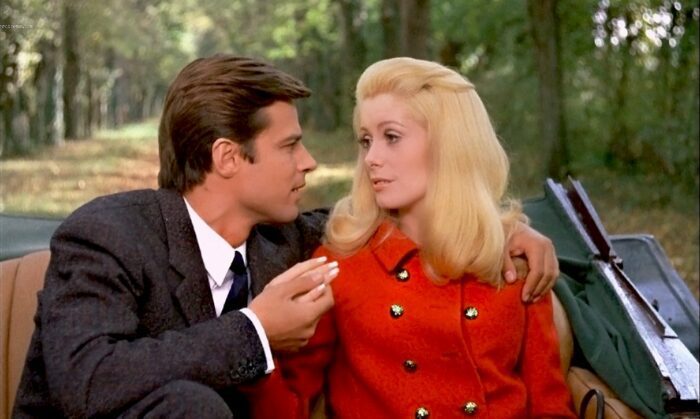radicalthought.org – Luis Buñuel’s Belle de Jour (1967) is a surreal and provocative exploration of desire, identity, and the dark side of the human psyche. This French-Italian psychological drama, starring Catherine Deneuve in an iconic role, has captivated audiences and critics alike with its bold and unconventional approach to storytelling.
A Woman of Two Worlds
The film centers around Séverine Serizy, a beautiful and seemingly conventional woman who leads a double life. By day, she is a devoted wife and dutiful doctor. By night, she transforms into Belle de Jour, a high-class prostitute who indulges in her secret fantasies.
A Surreal and Dreamlike Atmosphere
Buñuel’s signature style is evident throughout the film, as he blends elements of surrealism and dream logic to create a haunting and atmospheric world. The film’s dreamlike sequences, often blurring the lines between reality and fantasy, contribute to its enigmatic and unsettling nature.
A Bold Exploration of Female Sexuality
Belle de Jour is a groundbreaking film that challenges traditional notions of female sexuality. It delves into the complexities of desire, exploring the dark side of the human psyche and the ways in which societal expectations can stifle individual expression.
A Timeless Exploration of Identity
Beyond its exploration of sexuality, the film also delves into the theme of identity. Séverine’s dual identity as a respectable wife and a provocative prostitute raises questions about the nature of the self and the masks we wear to conform to societal expectations.
A Cinematic Masterpiece
Belle de Jour is a cinematic masterpiece that continues to fascinate and provoke. Its bold and unconventional approach to storytelling, combined with its stunning visuals and unforgettable performances, has solidified its place in the pantheon of great films.
